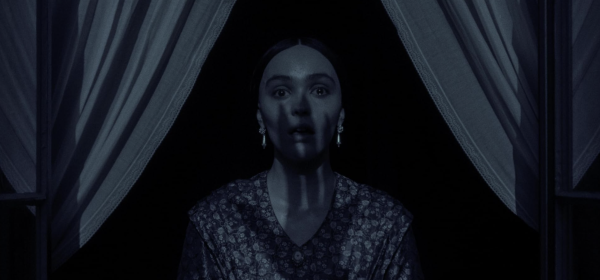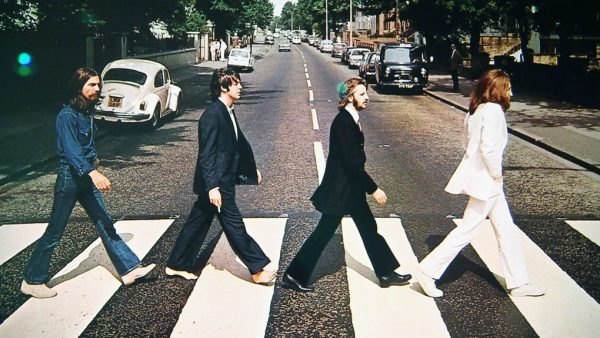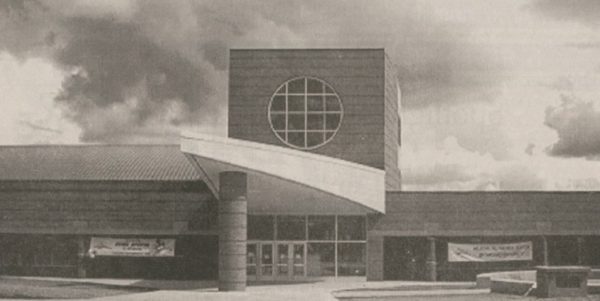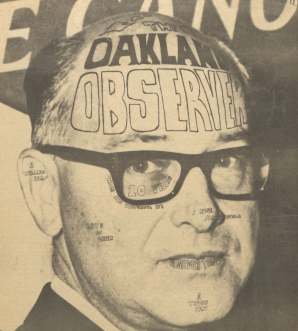Finding clarity through collage
The Oakland University Art Gallery is putting on an original exhibition titled “Borders and Frontiers,” the College of Arts and Sciences Liberal Arts 2010-11 theme, which runs from March 5 to April 10 daily except Monday from noon to 5 p.m in 208 Wilson Hall.
The exhibition focuses on collage, appropriation and image-making and features nine artists: five based in New York, one from Texas, two from L.A. and one from Detroit.
“Borders and Frontiers” presents artists with a specialized appetite for the digital and contemporary and with the image bank of the past. In doing so they hope to build a bridge between history, the contextual present and a conjectural tomorrow, according to press release.
Using the notion of “borders and frontiers” as a metaphor for the democratization of imagery and the collaging of reconfigured pictorial forms in a global context, this exhibition explores the cultural significance of the reproduced and repurposed image.
Stephen Goody, curator of the OUAG, began working on the project 18 months ago.
Hundreds of hours of research, writing, selection, publication, marketing, funding and lectures all went into the organization of the show.
“I wanted to do an exhibition about contemporary collage, specifically work that had a pictorial bent,” Goody said. “I’m in New York frequently and know key artists working in the field. I also met with Pavel Zoubek, the leading collage dealer in New York.”
One can divide collage into two kinds of practices, according to Goody, both of which are on display at the exhibit.
The first practice is a sort of mosaic approach where the artist plans out the whole composition in advance, as is the case with Mark Wagner and Matthew Cusick.
The second is a spontaneous approach where the artist puts the collage together in a more improvisational way.
In order to select the featured artists, Goody did studio visits in New York and Detroit.
“Borders and Frontiers” features Jonathan Allen, Michael Anderson, Chambliss Giobbi, David LaChapelle, George Rahme,
Holli Schorno, Maritta Tapanainen, along with Wagner and Cusick.
He secured David LaChapelle, the most well-known artist, through Elana Rubenfeld, director of Fred Torres Collaborations in New York. LaChapelle made his huge collage specifically for the exhibition.
Artist Michael Anderson gave an in-exhibit lecture on March 7.
He said that he has been working as a collage artist for about 17 or 18 years.
He said that he thought he was going to be a musician, but ended up taking a figure drawing class when he couldn’t get into a music class. In a positive turn of events, his professor, who told many others to quit, told Anderson that he could make a living from art and he began to take it seriously.
“Needless to say, the other art majors didn’t like me,” he said.
Anderson has traveled the world, from New York to Mexico to Germany, in his quest for materials to use in his collages as well as ideas.
“Collecting is the main thing in collage,” he said. “It’s not like painting where you can buy as much red or blue paint that you want. In collage, you actually have to go out and find the different things and be able to put them together in some kind of way.”
He explained that an interesting aspect of collage is the “unsupposed idea” of finding actual images, and based on those, making decisions and coming up with ideas that “you wouldn’t have otherwise put together if you hadn’t ended up throwing them on your table and looking at them for a while.”
Anderson also explained the importance of cubism to a collage because it shows movement and “things that happen over time.”
The expected attendance for the event is between 4,000-6,000, according to Goody.
“It’s an amazing show which you have to see to believe,” Goody said. “The works are super-dynamic, huge in scale and painstakingly executed. I guarantee that anyone that sees it will find it an unforgettable experience.”







